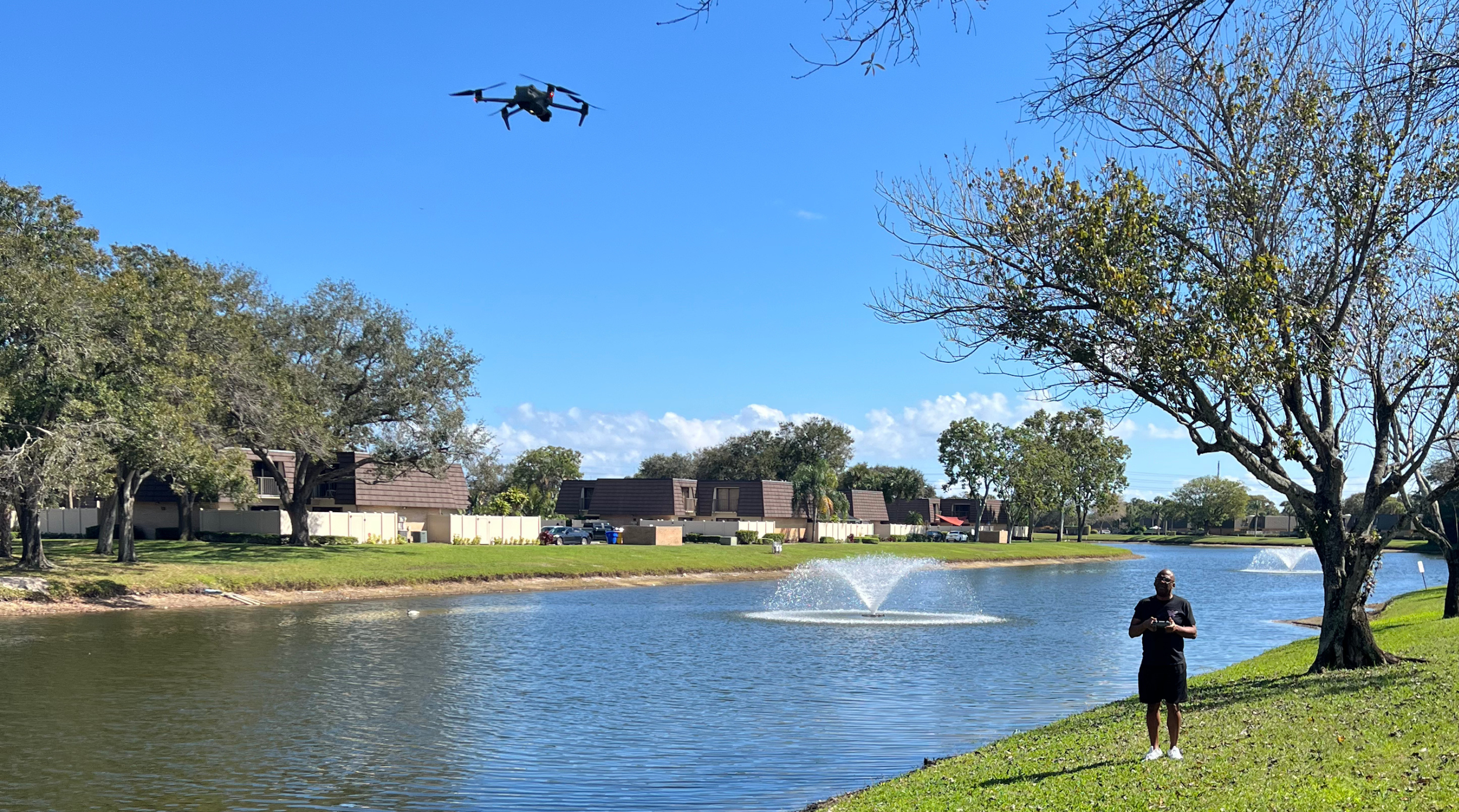Lessons Learned on My Way to Becoming a Drone Pilot
Becoming a drone pilot is an exciting journey filled with highs, lows, and countless learning opportunities. When I first started, I had no idea how much there was to learn beyond just flying the drone. Looking back on my first year, I can confidently say that every mistake, challenge, and success taught me something valuable. If you’re just starting out or considering becoming a drone pilot, here are the top five lessons I learned in my first year that can help you navigate your own journey.
1. Master the Basics Before Taking Risks
When I first got my hands on a drone, I was eager to capture stunning aerial shots and push the limits of what it could do. But I quickly learned that mastering the basics is crucial before attempting anything advanced.
- Lesson Learned: Spend time practicing basic maneuvers like takeoff, landing, hovering, and simple directional movements. Familiarize yourself with the controls and settings of your drone.
- Pro Tip: Use beginner mode if your drone has one. It limits speed and altitude, giving you more control while you build confidence.
- Real-Life Example: My first attempt at flying in strong winds ended with a crash because I didn’t fully understand how wind affects drone stability. Now, I always check weather conditions and practice in calm environments before tackling challenging flights.
2. Regulations Are Your Best Friend
I’ll admit, I didn’t pay much attention to drone regulations at first. I thought, “How complicated can it be?” Turns out, very! From no-fly zones to altitude limits, there’s a lot to know.
- Lesson Learned: Understanding and following local drone regulations is non-negotiable. It keeps you, your drone, and others safe while avoiding hefty fines.
- Pro Tip: Use apps like B4UFLY or AirMap to check for no-fly zones and airspace restrictions before every flight.
- Real-Life Example: I once flew near an airport without realizing it was a restricted area. Thankfully, I was able to land safely, but it was a wake-up call to always double-check airspace rules.
3. Invest in Quality Equipment and Accessories
When I started, I thought I could get by with just the drone and its controller. But I quickly realized that having the right accessories makes a world of difference.
- Lesson Learned: Invest in extra batteries, propellers, a sturdy carrying case, and ND filters for your camera. These small investments can save you time, money, and frustration in the long run.
- Pro Tip: Always carry a backup battery or two. There’s nothing worse than running out of power mid-flight.
- Real-Life Example: On one of my first paid gigs, I didn’t bring extra batteries and had to cut the session short. Since then, I’ve always packed at least three fully charged batteries.
4. Practice Makes Perfect (But So Does Preparation)
Flying a drone looks easy until you’re the one holding the controller. I learned that practice is essential, but so is preparation.
- Lesson Learned: Always plan your flights in advance. Scout the location, check for obstacles, and have a clear idea of what shots you want to capture.
- Pro Tip: Use flight simulators to practice without risking your drone. Many drone manufacturers offer free or low-cost simulators that mimic real-world flying conditions.
- Real-Life Example: I once tried to film a sunset without scouting the area first. I ended up losing signal because of interference from nearby power lines. Now, I always do a pre-flight check and scout the area beforehand.
5. Learn from Your Mistakes (Because You Will Make Them)
No matter how careful you are, mistakes happen. The key is to learn from them and not let them discourage you.
- Lesson Learned: Every crash, near-miss, or failed shot is an opportunity to improve. Take the time to analyze what went wrong and how you can avoid it in the future.
- Pro Tip: Keep a flight log to track your flights, settings, and any issues you encounter. This can help you identify patterns and improve over time.
- Real-Life Example: My first crash was devastating—I thought I’d never fly again. But after repairing the drone and analyzing what went wrong (I flew too close to a tree), I became a more cautious and confident pilot.
Becoming a drone pilot is a journey filled with challenges, but it’s also incredibly rewarding. The lessons I learned in my first year—mastering the basics, understanding regulations, investing in quality equipment, preparing for flights, and learning from mistakes—have shaped me into the pilot I am today.
If you’re just starting out, remember that every expert was once a beginner. Take your time, stay curious, and don’t be afraid to ask for help or seek out resources like online forums, training programs, and local drone communities.
The sky’s the limit, and with the right mindset, you’ll be soaring in no time. Happy flying!
What lessons have you learned as a drone pilot? Share your stories and tips in the comments belo
Sources:
- FAA, "Drone Regulations and Safety Guidelines"
- DJI, "Beginner Tips for New Drone Pilots"
- B4UFLY and AirMap, "Airspace and No-Fly Zone Apps"
- Personal experiences and insights from the drone community

